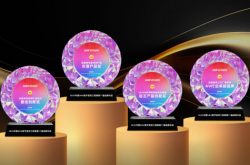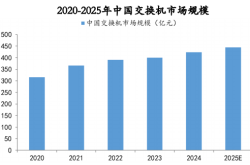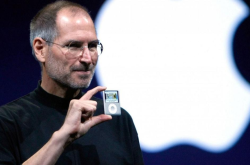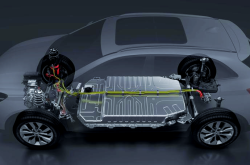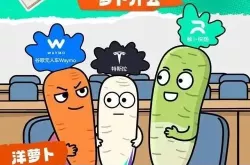Endless Breakups and Mergers in the Auto Industry: Where Will It All Lead?
![]() 08/04 2025
08/04 2025
![]() 555
555
Introduction
In today's automotive landscape, change is not just a trend—it's a tsunami. As the industry hurtles towards electrification and intelligence, a massive reshuffling of resources is sweeping across every corner. This isn't just about sales; it's about survival and strategic positioning.
From Geely Holding Group's merger of Geely Auto and Zeekr Technology, to SAIC's consolidation of five entities into the 'Large Passenger Vehicle Segment'; from GAC Group's radical R&D restructuring, to NIO's integration of sub-brands; from Chery's establishment of four business groups, to Great Wall Motors' brand logo refresh and Dongfeng Automobile's launch of eπ Auto Technology Co., Ltd. – these mergers and acquisitions outline the auto industry's survival strategy during its transition.
These actions are not isolated incidents but strategic responses to the global automotive transformation, aimed at adapting to new market structures and technological trends.
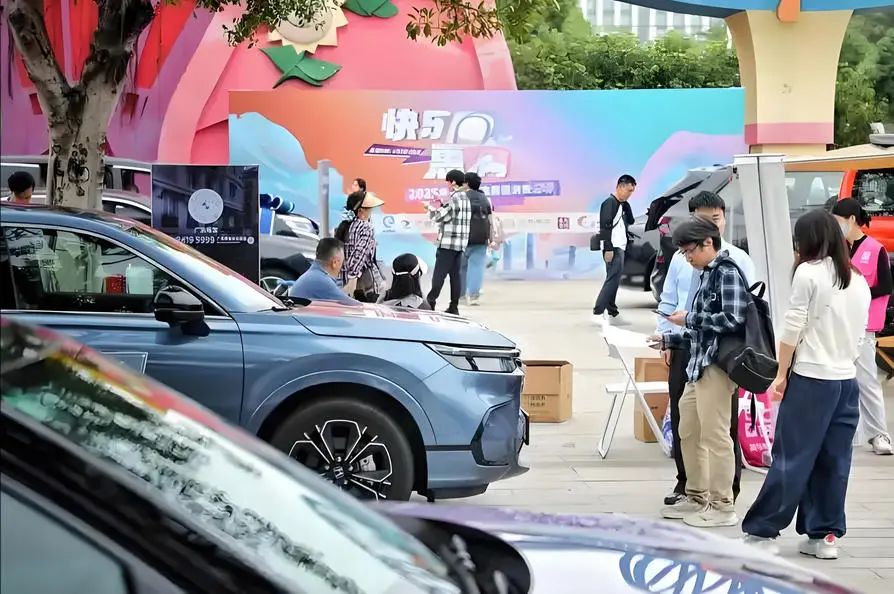
01 The Wave of Auto Mergers: Strategic Choices Driven by Multiple Factors
The automotive industry's consolidation is not an accident but a necessary consequence of market dynamics, technological shifts, and corporate strategies. Amid the new energy and intelligent industrial revolution, automakers face unprecedented challenges while harboring ambitions for future growth. These factors intertwine, propelling the wave of mergers.
Intensifying market competition is the primary force behind automaker integrations. As the new energy vehicle market expands rapidly, traditional automakers accelerate their electrification efforts while new players emerge. The number of competitors soars, and the battlefield expands from product comparisons to technology, service, and ecosystem.
In China, for instance, new energy vehicle sales grew steadily in 2024, but market concentration shifted constantly. To secure a spot in this competitive landscape, automakers must integrate resources to boost their competitiveness.
Against this backdrop, expanding product portfolios and reducing costs become paramount. Geely's 'Taizhou Declaration' aimed to minimize internal resource consumption through strategic focus and integration. Merging the Geometry brand into Geely Galaxy concentrated resources on creating a more competitive mainstream new energy brand, avoiding duplication in the low- to mid-end market, and enabling direct competition with rivals like BYD.
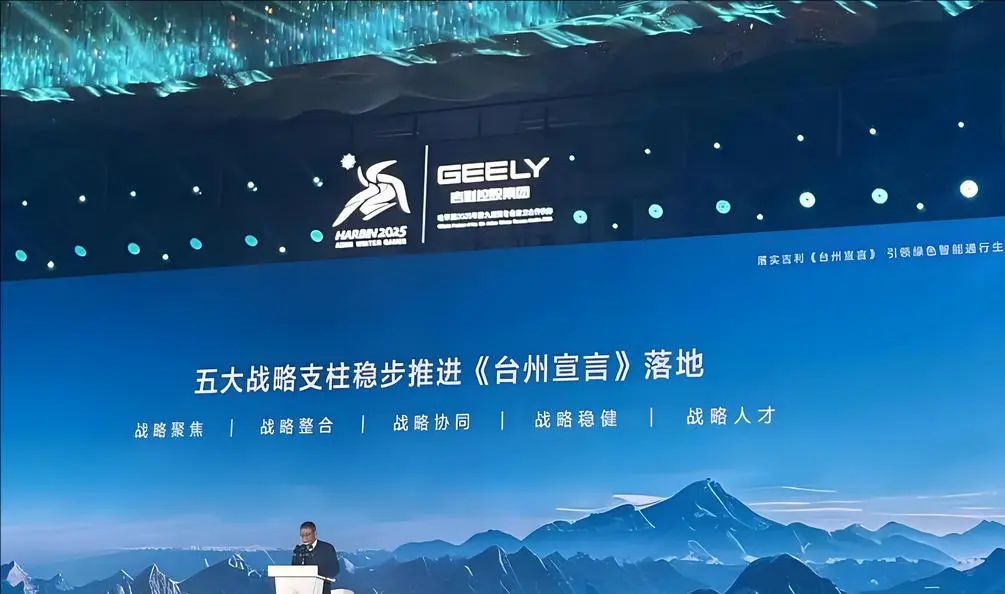
SAIC Group consolidated SAIC Passenger Vehicle Company, SAIC International, Innovation R&D Institute, Zero Bound Technology, and Overseas Mobility into the 'Large Passenger Vehicle Segment' to scale up production and cut costs through resource centralization.
Similarly, NIO integrated Letao and Firefly brands into its main system, streamlining product-to-market chains, enhancing cross-departmental collaboration, and maintaining a competitive edge in the high-end new energy market.
The automotive industry stands at a technological crossroads with electrification, intelligence, and connectivity. New energy technology R&D demands massive investments. From battery breakthroughs to autonomous driving iterations, each key technology tests automakers' financial might and technological reserves. Accelerated technological changes force automakers to enhance R&D efficiency through integration.
In the era of software-defined vehicles, cars are intelligent terminals blending hardware, software, and services, raising the bar for automakers' R&D capabilities. Rising R&D costs make it challenging for single departments or companies to handle all tasks. Integrating R&D resources and fostering collaborative innovation become essential.
SAIC Group's software arm, Zero Bound Technology, merged with the SAIC R&D Institute. Their intelligent driving teams co-located and collaborated, breaking down R&D silos and streamlining technological innovation.
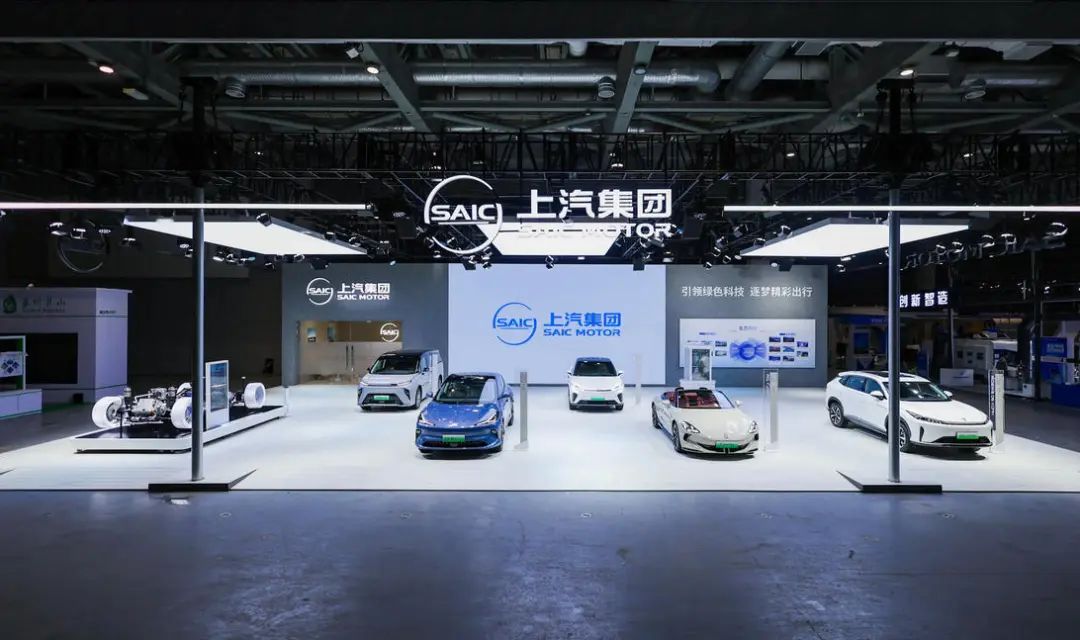
GAC Group restructured its R&D system, splitting GAC Research Institute into three independent entities for vehicles, platforms, and styling, integrated into GAC Group's Product Headquarters to form a new 'Large R&D System'. This aimed to optimize R&D processes, boost response speed, and ensure technological competitiveness amidst rapid changes.
Corporate strategy shifts and upgrades drive integrations. Some automakers diversified their layouts, expanding their business scope. However, as market conditions evolve, some realize the need to refocus on core businesses, concentrating resources to enhance automotive competitiveness.
At different stages, automakers' strategic focuses adjust. During industry transformations, focusing on core businesses and clarifying brand positioning become strategic imperatives.
Dongfeng Automobile established eπ Auto Technology Co., Ltd., encompassing Dongfeng eπ, Dongfeng Fengshen, and Dongfeng Nano. This reflects the company's ambitions in the independent passenger vehicle segment, underscoring its focus and strategic direction.
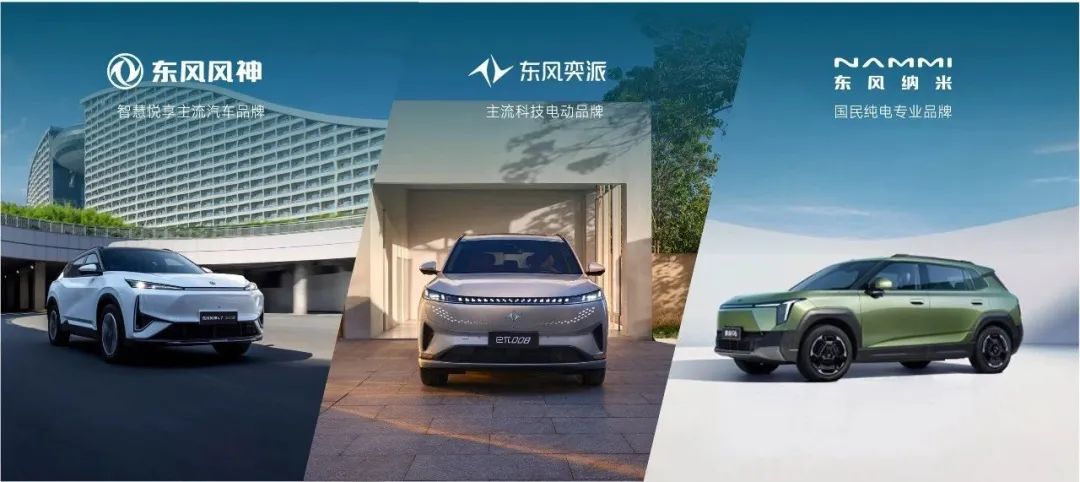
This strategic refocus helps automakers concentrate on automotive R&D, production, and sales, improving product quality and service levels, creating differentiated competitive advantages.
02 The Profound Impact of Mergers: Reshaping the Competitive Landscape
Automakers' integration actions are not mere institutional tweaks or brand mergers but have profound implications for the industry's ecology and competitive landscape, affecting brand positioning, resource allocation, and technological innovation.
Brand matrix clarification is a direct impact of integrations. Pre-integration, some automakers had blurred or overlapping brand positioning, leading to resource fragmentation and lack of synergy. Through integration, automakers streamline their brand systems, clarify each brand's market positioning, and achieve differentiated competition.
After establishing Chery, Fulwin, AIHU, and QQ business groups, Chery's Starway targets the high-end market, AIHU focuses on classic lines like Arrizo and Tiggo, Fulwin specializes in new energy, and QQ concentrates on small cars. Each brand has a clear positioning, forming a complementary matrix.
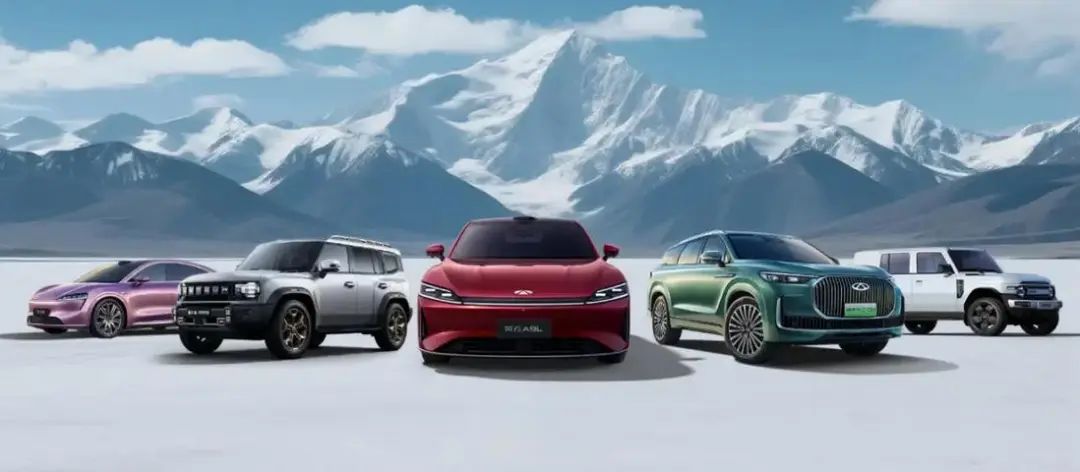
Geely Galaxy officially upgraded, clarifying its position within the Geely Group. Yizhen Automobile integrated as a high-end MPV series, and Geometry as the GEOME series, completing Galaxy's product matrix with clear positioning.
Great Wall Motors unveiled its new GWM brand logo, with new Ora Good Cat GT and Haval Dog tail logos changed to 'GWM', enhancing group brand unity and laying the groundwork for sub-brands to clarify their positions under the unified framework.
The future automotive market brand landscape will see concentration and differentiation coexist. Integrations will reduce large automaker groups' brand count but increase their influence and market share, forming competitive brand groups. Within these groups, each brand will emphasize differentiated positioning to meet diverse consumer needs. After establishing Zeekr Technology Group, Zeekr targets the 300,000 yuan-plus market, while LYNK & CO positions as a 'global high-end new energy brand' for the 200,000 yuan-plus segment. Through differentiation, both brands achieve coordinated growth, enhancing the group's overall high-end market competitiveness.
Integrations optimize market resource allocation, a core value. The automotive industry is capital- and technology-intensive, with rational resource allocation crucial for competitiveness. Integrations concentrate scattered R&D, production, and sales resources, enhancing utilization efficiency.
Zero Bound Technology's merger with the SAIC R&D Institute allows intelligent driving teams to collaborate, avoiding duplicate investments and accelerating R&D. GAC Group's 'Large R&D System' reorganizes and integrates R&D resources, enhancing collaboration across vehicles, platforms, and styling, enabling quick market response and improving R&D resource efficiency.
Accelerated technological innovation is a key outcome of integrations. In the intelligence and electrification race, innovation speed determines market position. Integrated automakers concentrate human, material, and financial resources on core technology R&D, fostering cross-departmental and cross-company collaboration for technological integration and breakthroughs.
NIO's horizontally organized 'Vehicle Product Line' integrates product design, development, industrialization, user experience, and service. This full-chain integration swiftly converts innovation into product competitiveness, enhancing technology implementation efficiency.
Industry competition escalation is an integration byproduct. As automaker integrations deepen, industry concentration increases. Resource- and technology-advantaged automakers gain a competitive edge. Competition shifts from single products to entire industry chains, intensifying rivalry and pressuring other automakers to enhance competitiveness. This competition spurs continuous technological innovation and service upgrades, ultimately benefiting consumers with better, smarter, more diverse automotive products and services.
Current automaker integrations suggest that splitting and merging are means, not ends. This integration wave will reshape the automotive industry's ecological landscape, driving it towards more efficient, innovative, and high-quality development.
For automakers, accurate positioning in integrations and effective resource collaboration will determine their future industry standing. For the industry, this integration may be the only path to a new stage, infusing vitality into the automotive industry's continued prosperity.
Editor-in-Charge: Shi Jie Editor: He Zengrong
THE END

